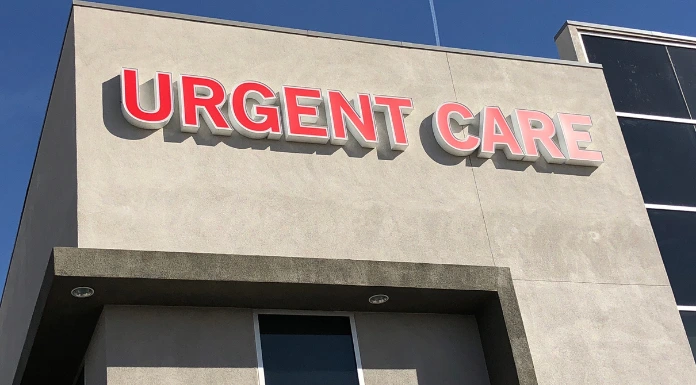
Revenue Cycle Problems in Urgent Care: How to Fix Denials, Delays, and Low Collections
Urgent care centers face unique challenges in managing their revenue cycle. With high patient volumes, same-day visits, and complex payer rules, even small billing errors or workflow gaps can quickly turn into lost revenue.
At iMagnum Healthcare Solutions, we've helped urgent care clients fix these issues at scale using AI-enabled RCM tools and specialty-trained teams. Here's what we’ve learned—and how we can help.
Common Billing Errors in Urgent Care
Billing errors are one of the top causes of revenue leakage. These often include:
- Incorrect modifier usage for in-office procedures
- Mismatched CPT codes for visit levels
- Failure to attach supporting documentation
- Eligibility or insurance errors at check-in
Fix:
- Use CodeFlow AI to auto-suggest accurate codes and flag modifier errors
- Train front-desk staff on real-time eligibility verification
- Establish QA checkpoints before claim submission
Prior Auth Delays That Hurt Patient Flow
While many urgent care visits don’t require prior auth, services like imaging, procedures, and follow-ups often do—and delays lead to rescheduling, lost trust, and revenue loss.
Fix:
- Implement Prior Auth Smart to automate authorization requests
- Use AI-based scoring to identify high-risk delays
- Route follow-ups based on urgency and payer response patterns
Why Denials Are Rising in Urgent Care Billing
Payers are tightening documentation rules and applying AI to detect even minor inconsistencies. Urgent care clinics often face denials due to:
- Missing clinical justification
- Incomplete note documentation
- Timing issues with repeat visits
Fix:
- Use RevShield AI to predict denials before submission
- Set up denial buckets by payer and service type
- Conduct monthly denial root cause reviews
How to Fix Low Collections in Urgent Care
Revenue isn’t just about billed amounts—it’s about how much you actually collect. Low collection rates stem from:
- Delayed billing cycles
- Poor AR follow-up
- High patient balances going unaddressed
Fix:
- Streamline claim submission to <2-day turnaround
- Use automated follow-up logic based on payer priority and amount
- Deploy SMS-based patient balance reminders for faster self-pay conversion
Real Results from Fixing Urgent Care RCM
In 90 days, we helped one urgent care client:
- Reduce denial rate by 46%
- Increase collections by 19%
- Automate 40% of prior auths
- Cut AR > 90 days by 60%
Optimizing Urgent Care Billing for Long-Term Success.
To truly overcome these revenue cycle challenges, urgent care facilities must turn to specialized partners for support. Working with experts in urgent care billing services ensures timely reimbursements, accurate coding, and compliance with ever-changing payer requirements.
By leveraging integrated urgent care EMR billing services, clinics can streamline processes and reduce manual errors. Whether managing urgent care facility billing or improving urgent care center billing workflows, tailored urgent care billing solutions can make a measurable difference.
Reputable urgent care billing companies—like those offering Docs urgent care billing—enable providers to focus on delivering exceptional patient care while driving financial stability through reliable urgent care medical billing support.
Conclusion: RCM Isn’t Just Support. It’s Strategy.
If you're dealing with revenue cycle problems in urgent care, you don’t need more staff—you need smarter workflows and tech that adapts to your specialty.
Let iMagnum show you how to eliminate denials, speed up payments, and fix the root causes of low collections.
Want to transform your urgent care revenue? Let's talk.











